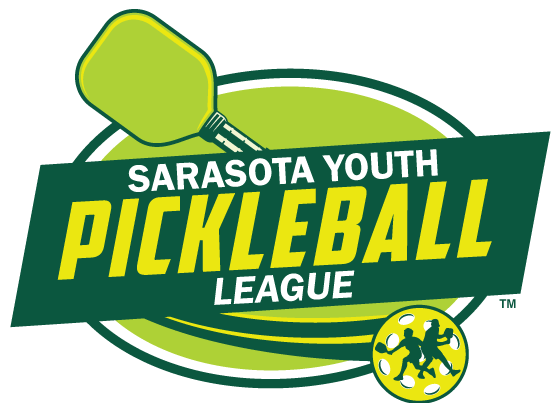Why the Rise in Young Pickleball Players
Part of this rise is due to the increased inclusion of pickleball in schools’ athletic curriculums and at summer camps. USA Pickleball, the sport’s national governing body, launched a teaching curriculum in 2021 designed to guide educators and instructors on introducing the game to young players. Yet the most substantial driving force is likely the fact that as pickleball gains more adult fans across the world, more and more of their children are choosing to join in on the fun as well.
“The beauty of this sport is that it crosses multiple generations—kids can play with their parents, they can play with their grandparents,” says Hope Tolley, the managing director of recreational programs at USA Pickleball. Unlike many other sports, the game is fairly easy to pick up quickly, usually requiring just a few minutes of initial instruction, and doesn’t require players to possess any previous athletic background. Outside of tournaments, players are largely paired up by skill, rather than age or gender; on a local court, it’s not uncommon to see 14 year olds competing (and often winning) against 40 year olds.
The vast majority of these young fans are casual players, of course, fitting in occasional matches after school or on weekends. But for a select few, pickleball has become far more than a hobby, with high-stakes tournaments and hours-long practices dominating their days. In Key West, Florida, for instance, 18-year-old William Sobek has spent the majority of his teen years readily sacrificing events like homecoming and friends’ birthday parties so he could compete in far-flung competitions. On a typical weekday during the school year, he’d train for three to four hours after getting home, before tackling homework and eating dinner—and, more often than not, heading back out to the court for another round before bed. And on the weekends, due to the lack of pickleball facilities and fellow players in his city, Sobek and his family often traveled five hours just to find worthy opponents.
“I did miss a lot of social interaction with kids my age,” he admits. It didn’t help that many of his peers had never heard of pickleball and would make fun of his commitment to such a silly-named sport. Says Sobek, “Pickleball definitely divided me from the other kids.”
Still, he adds, it was worth it. Today, he not only has a solid friend group filled with other pickleball-playing teens, but he’s one of the top 20 men’s singles players in the world. “All that time is finally starting to pay off a little,” he says.
Training the Next Generation of Pickleball Players
Although players like Stone and Sobek have largely trained on their own, programs across the country are popping up to help talented Juniors players reach their full potential. Ken Herrmann, the CEO and creative founder of the Association of Pickleball Professionals (APP) Tour, helps run the organization’s Next Gen program, which trains players ages 16-23 with the hopes of turning professional. In addition to competing in a three-day tournament with a $15,000 prize purse, participants undergo coaching on off-court topics, like working with sponsors and giving interviews to press.
“As the sport is evolving and growing, it’s really important to bring up that next generation and develop America’s next top players,” Herrmann says. Because there is currently no official Juniors Pickleball circuit—young players compete alongside older competitors with the same skill rating—he sees Next Gen as essential in giving talented kids and teens the experience and training needed to eventually go pro.
Other youth-focused U.S. pickleball programs have a similar focus. In Utah, for instance, a hotbed for the sport, the Junior Pickleball Organization (Utah JPO), runs tournaments and leagues for young players throughout the state. “We’re trying to provide more structure in general to youth pickleball,” says Jeremy Horner, the Utah JPO’s pickleball manager, adding that some of the group’s competitions have seen more than 150 players.
As pickleball’s star continues to rise, youth program organizers are excited to see more clubs and schools (including colleges) adding it to their rosters so that kids at all levels are encouraged to get involved. Because of the game’s team nature and simple set-up, many proponents believe it will eventually meet—and perhaps even outrank—more traditional sports like tennis or racquetball in terms of its popularity with youth. “I feel like you’re gonna have a lot more people wanting to play on the high school pickleball team than on other sports, because it’s just so social and fun,” says Horner.
The young players already drawn to the sport are thrilled to see its popularity continue to spread, and not just in the U.S. Sobek often travels to Europe to play in pickleball championships, and has gotten to witness the sport’s fast-growing influence on young players in countries like Italy and Germany. “It’s really nice to see the youth over there,” he says, “as well as to see the future competition.”
Source:
Simon, R. (2022, August 11). Kids are turning to pickleball, the fastest-growing sport in America. Parents. Retrieved October 13, 2022, from https://www.parents.com/fun/sports/kids-are-turning-to-pickleball-the-fastest-growing-sport-in-america/

